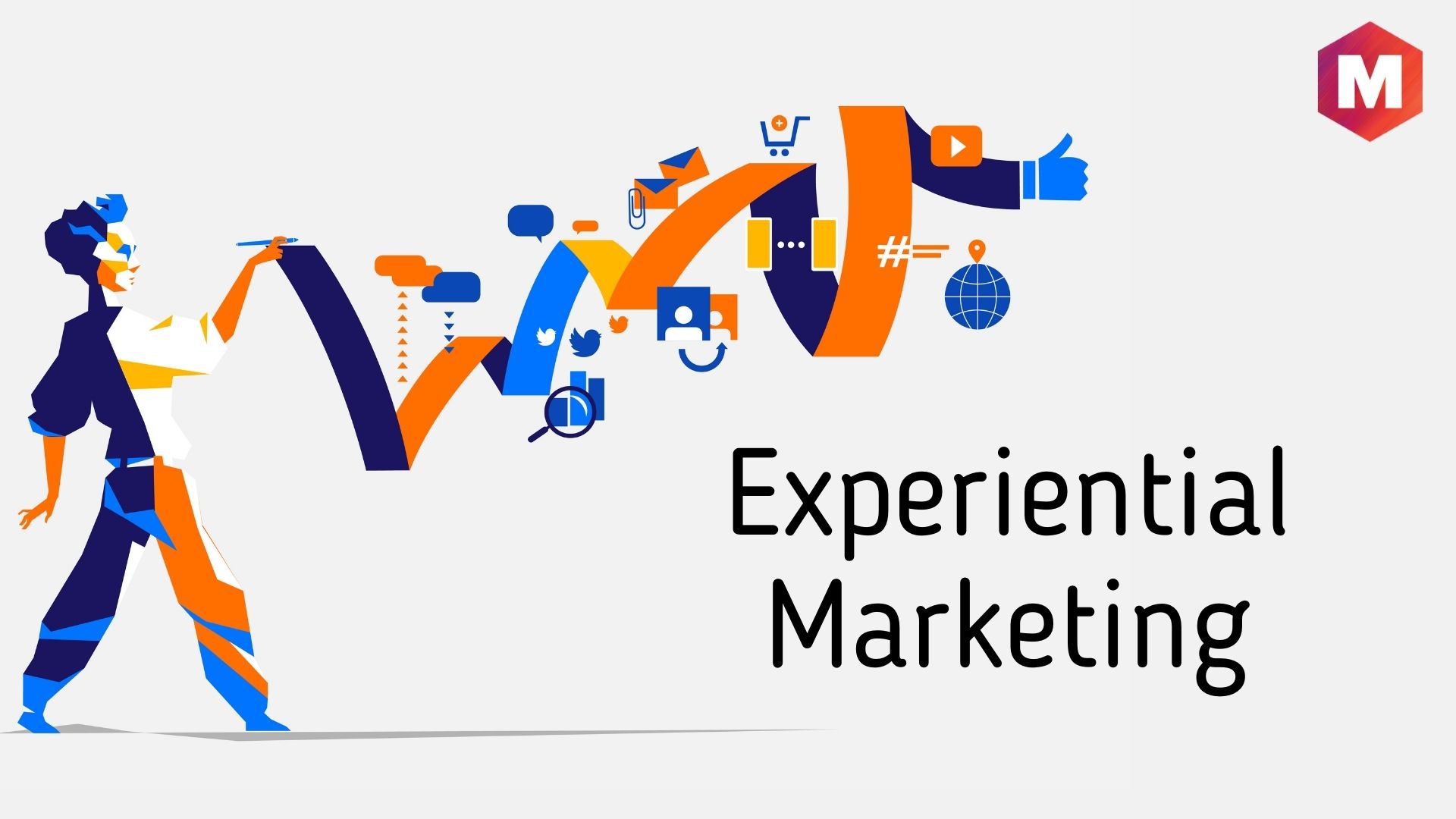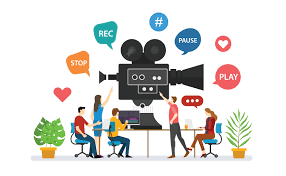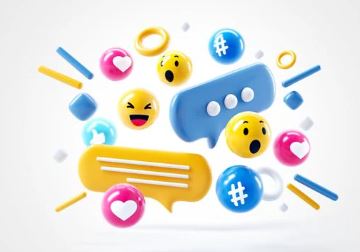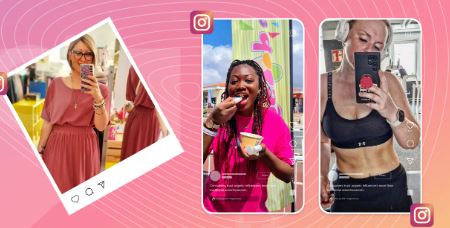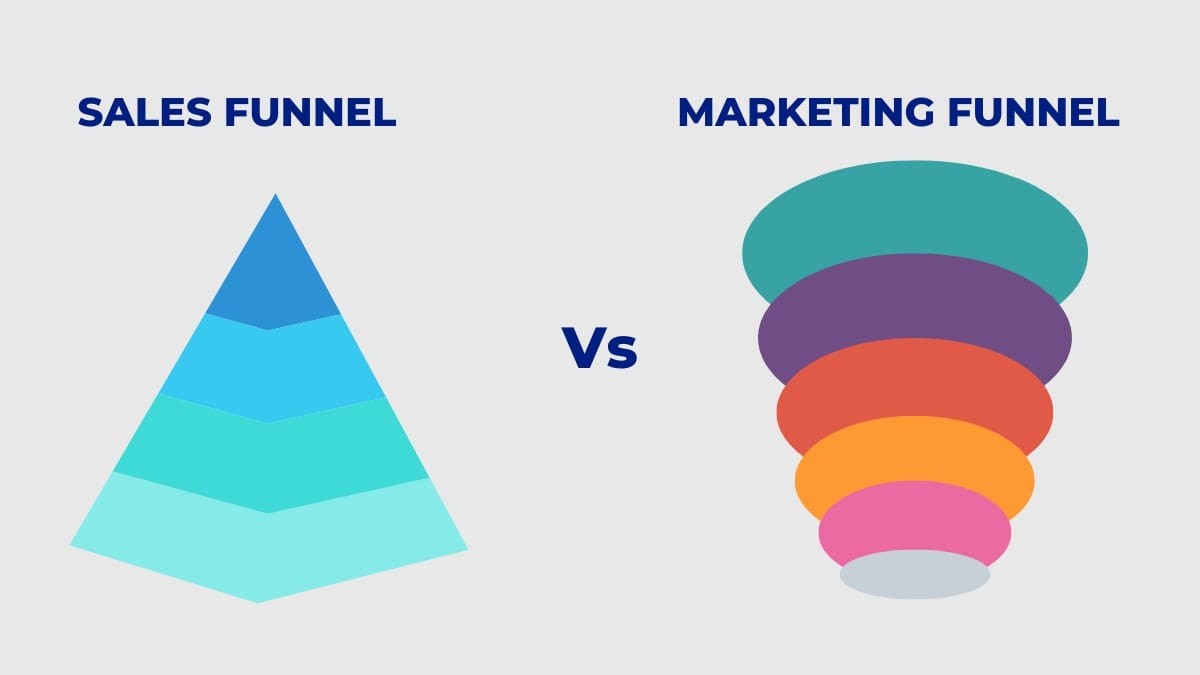What is Experiential Marketing and How is it Used in Events?
Understanding Experiential Marketing
Experiential marketing, also known as engagement marketing or live marketing, is a strategy that directly engages consumers and invites them to participate in a brand experience. Instead of merely viewing an advertisement, consumers interact with the brand, creating a memorable and impactful connection. This approach focuses on creating a meaningful experience that resonates on an emotional level, fostering brand loyalty and advocacy.
Key Elements of Experiential Marketing
- Immersive Experiences: Consumers are immersed in an environment that reflects the brand’s identity and values.
- Emotional Connection: By engaging the senses and emotions, brands can create lasting impressions.
- Interactive Engagement: Consumers participate actively rather than passively consuming information.
- Memorability: Unique and engaging experiences are more likely to be remembered and shared.

How Experiential Marketing is Used in Events
Experiential marketing is particularly effective in events where brands can create an engaging atmosphere. Here are some ways it is used:
- Pop-Up Experiences: Temporary setups or installations in high-traffic areas can draw attention and encourage interaction. These pop-ups often include interactive elements such as product demos, VR experiences, or live performances.
- Product Sampling: Allowing attendees to try products first-hand can significantly boost engagement. This can be done through creative setups that integrate the product into the experience, such as tasting stations or interactive product displays.
- Brand Activations: These are specific activities or campaigns designed to promote a brand, often involving immersive experiences. For example, a tech company might set up a gaming lounge at an event where attendees can try out the latest gadgets.
- Event Sponsorships: Brands can enhance their visibility by sponsoring events. This often includes setting up branded booths, hosting exclusive activities, or providing branded merchandise.
- Interactive Displays: Using technology such as augmented reality (AR) or virtual reality (VR), brands can create captivating and interactive displays that engage attendees in unique ways.
- Workshops and Classes: Offering educational or skill-building sessions related to the brand can attract attendees and provide value beyond traditional advertising.
- Social Media Integration: Encouraging attendees to share their experiences on social media can amplify the reach of the event. This can be done through hashtags, photo booths, or live social media walls displaying user-generated content.

Benefits of Experiential Marketing in Events
- Enhanced Brand Awareness: Immersive experiences make the brand more memorable.
- Stronger Emotional Connections: Engaging directly with consumers helps build emotional ties.
- Increased Word-of-Mouth: Unique experiences are more likely to be shared both online and offline.
- Better Consumer Insights: Direct interaction with consumers provides valuable feedback and insights.
- Higher Conversion Rates: Experiential marketing can lead to increased sales and customer loyalty.
Conclusion
Experiential marketing is a powerful strategy that transforms events into memorable brand experiences. By creating immersive, interactive, and emotionally engaging environments, brands can forge deeper connections with their audience. At MyHoardings, we specialize in designing and executing experiential marketing campaigns that leave a lasting impact. Contact us today to learn how we can help you create unforgettable event experiences that drive brand loyalty and growth.
Marketing activities to target Students |
